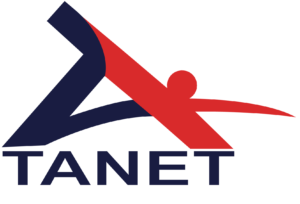How to Safely Offboard an Employee
Offboarding an employee is a crucial aspect of the employee lifecycle that, when handled with care and professionalism, can leave a lasting positive impression. It not only ensures a smooth transition for the departing employee but also helps maintain a healthy work environment and reputation for your organization. In this guide, we will walk you through the steps to safely and effectively offboard an employee.
1. Preparation is Key
Before initiating the offboarding process, it’s essential to be well-prepared. Gather all necessary documents and information related to the departing employee, including their employment contract, non-disclosure agreements, and any company property they possess.
2. Schedule a Meeting
Arrange a private meeting with the employee to discuss their departure. This should be done in a calm and confidential setting. Ensure that HR representatives are present to provide support and answer any questions.
3. Communication and Transparency
During the meeting, be transparent about the reasons for the departure, whether it’s due to resignation, layoff, or retirement. Clearly outline the next steps in the offboarding process.
4. Review Company Policies
Remind the departing employee of any relevant company policies, especially those pertaining to confidentiality, data protection, and non-disparagement. Provide them with a written summary of these policies.
5. Collect Company Property
Request the return of all company-owned items, such as laptops, keys, access cards, and any other equipment. Ensure that the employee understands the importance of returning these items promptly.
6. Manage Access and Accounts
Immediately revoke access to any company systems, emails, or databases that the departing employee no longer needs. This is critical for maintaining data security and confidentiality.
7. Benefits and Final Payments
Clarify the process for final paychecks, benefits, and any other compensation or entitlements. Provide the necessary paperwork and information on how to proceed.
8. Exit Interview
Conduct an exit interview to gain valuable feedback from the departing employee. This can help identify areas for improvement and provide insights into their overall experience with the company.
9. Transition of Responsibilities
Determine a plan for the handover of the departing employee’s responsibilities. Assign tasks to other team members or initiate the hiring process for a replacement, if necessary.
10. Farewell and Well-Wishing
End the offboarding process on a positive note. Express gratitude for the employee’s contributions and wish them well in their future endeavors.
11. Secure Data and Information
Ensure that the departing employee does not leave with any sensitive or confidential information. If necessary, conduct a review of their digital activities and file access to ensure compliance.
12. Maintain Professionalism
Throughout the offboarding process, maintain a professional and empathetic demeanor. Treat the departing employee with respect and dignity, regardless of the circumstances.
13. Post-Departure Follow-Up
After the employee has left, check in with their former colleagues and team members to address any concerns and ensure a smooth transition.
Conclusion
Offboarding an employee is a delicate process that requires careful planning and execution. By following these steps, you can ensure that the departure is handled professionally, leaving a positive impression and maintaining the integrity of your organization. Remember, a well-managed offboarding process not only benefits the departing employee but also contributes to a healthy work culture and positive reputation for your company.
